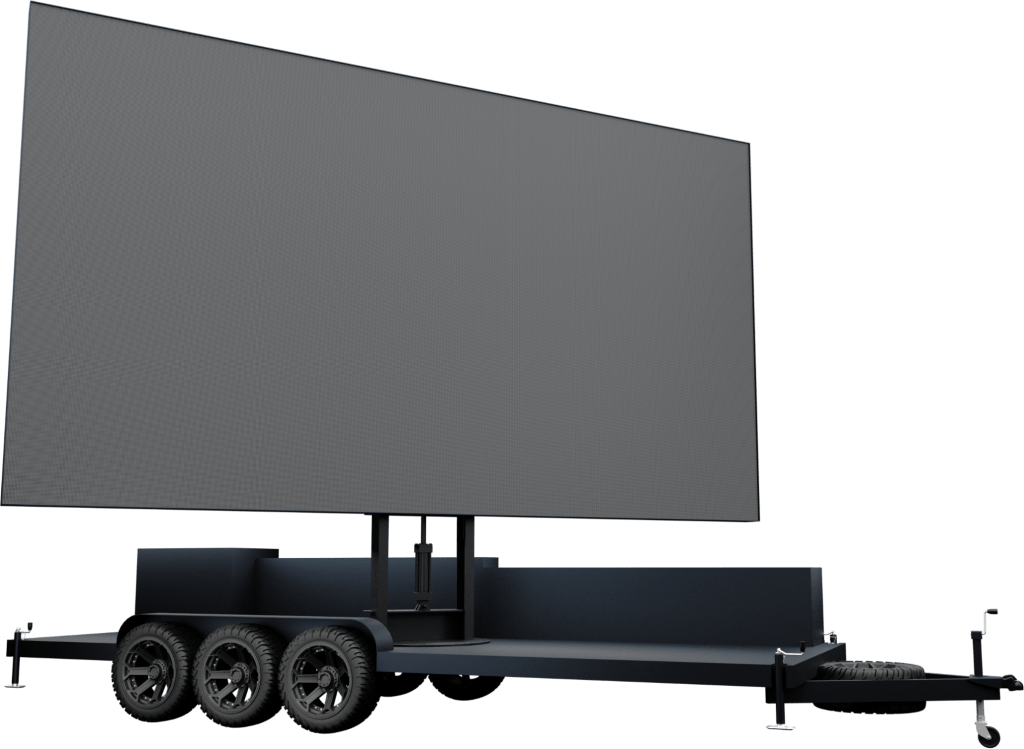When it comes to LED displays today, small pitch LED display technology is undoubtedly the focus of attention. Unlike traditional LED displays that focus on outdoor applications, the rapidly rising small pitch LED has set its sights on the indoor application market that LED has never ventured into, directly confronting strong LCD splicing and DLP splicing.

In the current field of indoor large screen displays, LCD splicing is undoubtedly the No.1. With advantages such as lightweight and cost-effective, it is widely used in various places, dominating the mid to low-end market and actively penetrating into the high-end application market. However, there has always been an obvious shortcoming in LCD splicing – the splicing problem. Although the splicing is rapidly shrinking with the rapid maturity of LCD display technology (currently the smallest is 3.5mm), it is still the largest splicing problem in current display technology. This is in stark contrast to the seamless display of small pitch LED displays, and is also an important reason why traditional LED display manufacturers are optimistic about small pitch entering the room.
1、 Small pitch PK DLP splicing: The image is not delicate enough, but the application is more flexible
In the field of large screen displays, DLP splicing has always been known for its “zero stitching”. It is precisely because of this that it can firmly grasp the high-end application market under the strong attack of LCD splicing. Nowadays, the small pitch LED, which is known as seamless display, undoubtedly “ignores” this killer trick and even surpasses it, because it achieves a true sense of no stitching, rather than shrinking the stitching. This is also one of the important reasons why small pitch LEDs have been highly valued by DLP splicing manufacturers since their inception.
2、 Technology is not a problem, high cost-effectiveness is the bottleneck
The development of any display technology is a continuous process of improvement, and small pitch LED displays are no exception. Compared with LCD splicing and DLP splicing, it is not difficult to find that small pitch LED, as an emerging technology, has both outstanding advantages and obvious shortcomings. With the support of manufacturers, advantages can be continuously consolidated, and weaknesses can gradually be repaired. However, in order to obtain strong investment from manufacturers, there must be a large-scale market demand, and at this stage, the first challenge to overcome for large-scale popularization is high cost.
Industry insiders have stated that currently, the price of 1.9mm small pitch LED products is comparable to that of DLP splicing products. Considering the difference in gross profit margin, the cost is even higher than that of DLP splicing products. For industry users who prioritize affordability, considering comprehensive cost-effectiveness while meeting application needs, small pitch LEDs may not necessarily be the first choice.